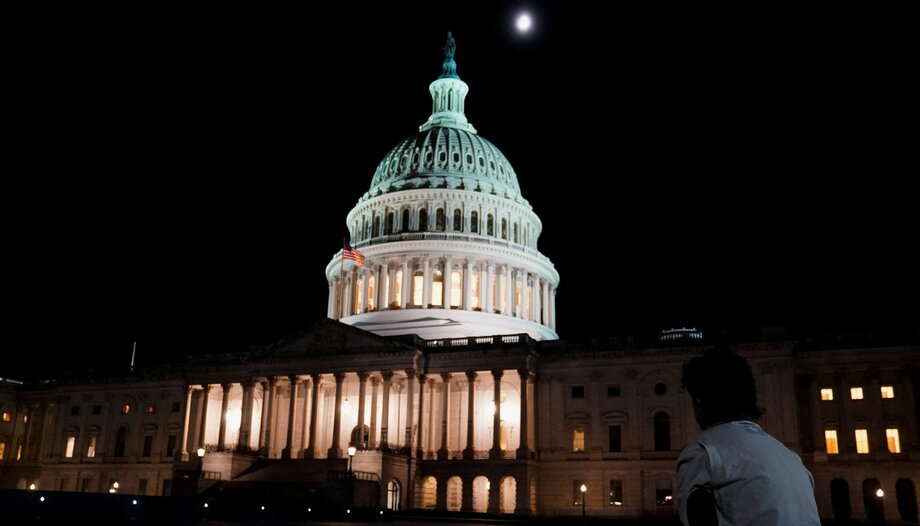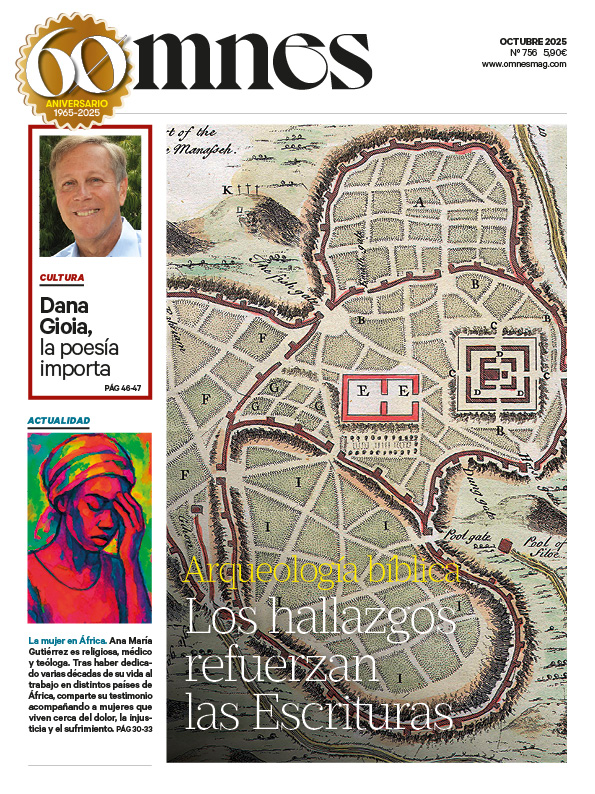On May 12, the Museum of the Bible in Washington, D.C., opened its doors to an open house at the exhibition exceptional: An itinerary of faith: the seven pilgrim churches of Rome. The exhibition invites you to explore these seven Roman basilicas, their relics and their spiritual importance in our faith: St. John Lateran, St. Peter's, St. Paul Outside the Walls, St. Mary Major, St. Lawrence Outside the Walls, St. Cross of Jerusalem and St. Sebastian Outside the Walls (which was replaced as part of the "seven churches" in 2000 by the Sanctuary of Divine Love).
The origin
The tradition of making a pilgrimage to one of these seven basilicas dates back to the 4th century. These precincts were designated as places of worship for Christian pilgrims visiting Rome and thus manifesting their faith.
Over time, these and other precincts were also designated as "Roman stations", places where especially during the time of Lent the pontiffs celebrated Holy Mass in the presence of the people. It was St. Gregory the Great who officially designated the seven Roman churches in the 6th century. Later, in the 16th century, St. Philip Neri revived the tradition of walking the route of the seven churches.
The exhibition in Washington D.C.
Through a series of prints from the Vatican Apostolic Library, visitors have the opportunity to immerse themselves in the heart of the Eternal City from Washington D.C. and take a journey through history, said Jeff Kloha, lead curator of this exhibition, which runs through Sept. 10, 2023.
Dr. Corinna Ricasili, art consultant, said: "We hope to offer visitors a unique immersive experience that not only showcases the beauty of these churches, but also reveals the deep historical and cultural significance of a pilgrimage. It is an opportunity to explore the intersection between art, religion and history, and to re-evaluate the rich heritage that has inspired generations of believers," said Ricasoli.
To learn more about this exhibition, Omnes spoke with Amy Van Dyke, senior curator of art and exhibitions at the Museum of the Bible in Washington, D.C.
What is this exhibition about?
- We partner with the The Vatican to bring a series of 11 engravings from the Vatican Library which tell us about the seven pilgrim churches of Rome. We decided to present this exhibition so that our visitors can make a virtual pilgrimage to understand a little more about the religious history of Rome.
In the exhibition visitors can appreciate the importance of a pilgrimage and why people choose to have this type of spiritual experience. This is a wonderful opportunity to be able to work with the Vatican again. The Museum of the Bible has a gallery dedicated to presenting treasures from the Vatican Museums and the Vatican Apostolic Library. At least two exhibits are presented each year.
How is this exhibition organized and what types of pieces does it present?
- We have 11 engravings and we also have a sample of badges, also called "testimonium", which were given to pilgrims when they visited Rome. Of these 11 engravings, one is of St. Philip Neri, who was one of those who reestablished the route of the seven churches. For this reason he is honored in one of the earliest engravings we have.
We also have two maps for pilgrims. One of them, the oldest on display, dates from the 16th century. It shows the seven churches with the unfinished architecture of St. Peter's dome. It is fascinating because right next to it is another engraving, made a century later, showing the finished architectural elements of the dome. Both would have been maps that pilgrims received on their journey to Rome to tour the seven churches.
In addition, there is an engraving of each church, seven in all. One is contained inside a book, the rest are hanging on the wall, separate. Then we have a final print, a modern work from 2017 that illustrates all the churches. It is not a traditional map as its lower portion has examples of the works of mercy found in Matthew chapter 25. This work compares the pilgrimage, its churches, relics, and the religious history of Rome with the works of mercy. Rome is considered a merciful city in that engraving.
What do people take away after visiting this exhibition, both Catholics and non-Catholics?
- We really wanted to focus on the figure of the spiritual itinerary. The impressions focus on the architecture, on the churches themselves, of course, because that's something we can show. But we really wanted to focus on what it means for someone to make a journey and become a pilgrim. We want people to really focus on this: what it means to go on a spiritual itinerary and to go after the important things of their faith and also to do some introspection as they make the journey, which is done, sometimes, with no small amount of difficulty, because these pilgrimages are difficult, they are long journeys.
We also wanted people to focus on the human element, i.e. why people did this for so long and why people are still doing it today. With this exhibition visitors will be able to make a virtual pilgrimage and will be able to learn more about each of these churches: what they looked like when they were built, what relics they have, etc. Many of our visitors will not have the opportunity to visit Rome, but through these beautiful prints they can be there and see examples of the immensity, beauty and massive architecture of these churches.







